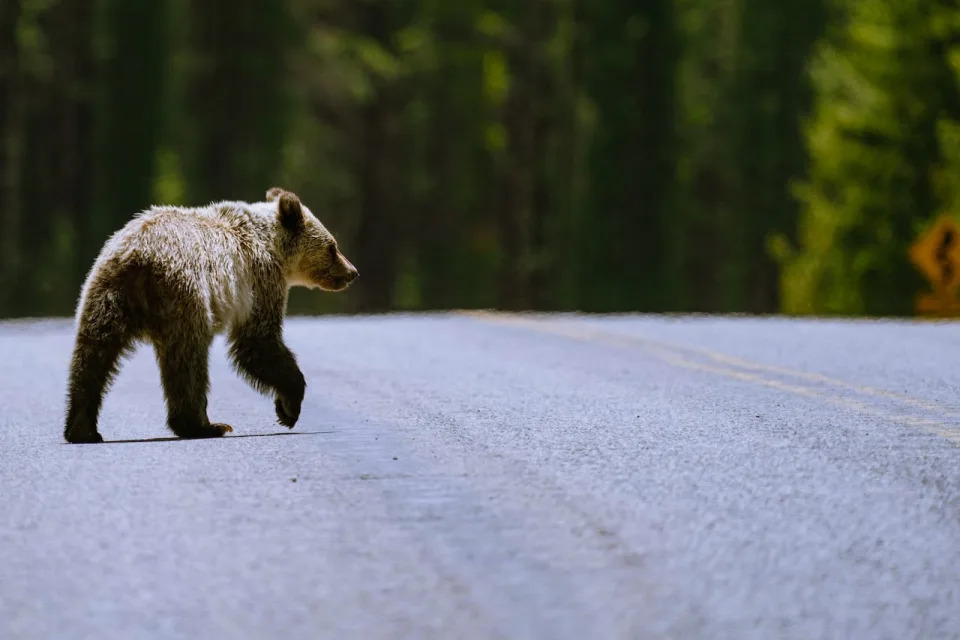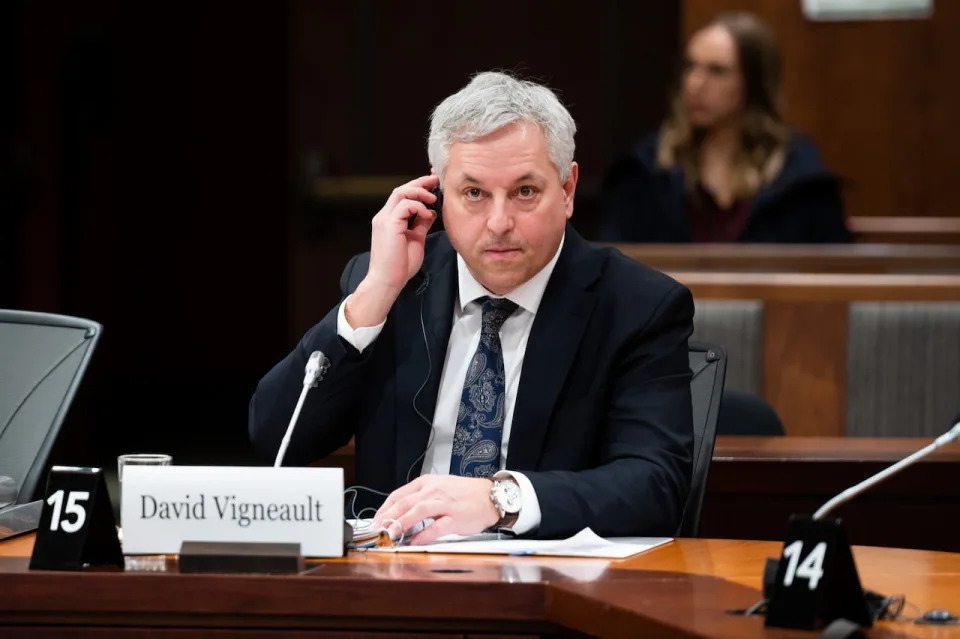Putting your toddler in front of the TV? You might hurt their ability to process the world around them, new data suggests
Babies and toddlers exposed to television or video viewing may be more likely to exhibit atypical sensory behaviors, such as being disengaged and disinterested in activities, seeking more intense stimulation in an environment, or being overwhelmed by sensations like loud sounds or bright lights, according to data from researchers at Drexel’s College of Medicine published today in the journal JAMA Pediatrics.
According to the researchers, children exposed to greater TV viewing by their second birthday were more likely to develop atypical sensory processing behaviors, such as “sensation seeking” and “sensation avoiding,” as well as “low registration” — being less sensitive or slower to respond to stimuli, such as their name being called, by 33 months old.
Sensory processing skills reflect the body’s ability to respond efficiently and appropriately to information and stimuli received by its sensory systems, such as what the toddler hears, sees, touches, and tastes.
The team pulled 2011-2014 data on television or DVD-watching by babies and toddlers at 12- 18- and 24-months from the National Children’s Study of 1,471 children (50% male) nationwide.
Sensory processing outcomes were assessed at 33 months using the Infant/Toddler Sensory Profile (ITSP), a questionnaire completed by parents/caregivers, designed to give insights on how children process what they see, hear and smell, etc.
ITSP subscales examine children’s patterns of low registration, sensation seeking, such as excessively touching or smelling objects; sensory sensitivity, such as being overly upset or irritated by lights and noise; and sensation avoiding — actively trying to control their environment to avoid things like having their teeth brushed. Children score in “typical,” “high” or “low” groups based on how often they display various sensory-related behaviors. Scores were considered “typical” if they were within one standard deviation from the average of the ITSP norm.
Measurements of screen exposure at 12-months were based on caregiver responses to the question: “Does your child watch TV and/or DVDs? (yes/no),” and at 18- and 24- months based on the question: “Over the past 30 days, on average, how many hours per day did your child watch TV and/or DVDs?”
The findings suggest:
- At 12 months, any screen exposure compared to no screen viewing was associated with a 105% greater likelihood of exhibiting “high” sensory behaviors instead of “typical” sensory behaviors related to low registration at 33 months
- At 18 months, each additional hour of daily screen time was associated with 23% increased odds of exhibiting “high” sensory behaviors related to later sensation avoiding and low registration.
- At 24 months, each additional hour of daily screen time was associated with a 20% increased odds of “high” sensation seeking, sensory sensitivity, and sensation avoiding at 33 months.
The researchers adjusted for age, whether the child was born prematurely, caregiver education, race/ethnicity and other factors, such as how often the child engages in play or walks with the caregiver.
The findings add to a growing list of concerning health and developmental outcomes linked to screen time in infants and toddlers, including language delay, autism spectrum disorder, behavioral issues, sleep struggles, attention problems and problem-solving delays.
“This association could have important implications for attention deficit hyperactivity disorder and autism, as atypical sensory processing is much more prevalent in these populations,” said lead author Karen Heffler, MD, an associate professor of Psychiatry in Drexel’s College of Medicine. “Repetitive behavior, such as that seen in autism spectrum disorder, is highly correlated with atypical sensory processing. Future work may determine whether early life screen time could fuel the sensory brain hyperconnectivity seen in autism spectrum disorders, such as heightened brain responses to sensory stimulation.”
Atypical sensory processing in kids with autism spectrum disorder (ASD) and ADHD manifests in a range of detrimental behaviors. In children with ASD, greater sensation seeking or sensation avoiding, heightened sensory sensitivity and low registration have been associated with irritability, hyperactivity, eating and sleeping struggles, as well as social problems. In kids with ADHD, atypical sensory processing is linked to trouble with executive function, anxiety and lower quality of life.
“Considering this link between high screen time and a growing list of developmental and behavioral problems, it may be beneficial for toddlers exhibiting these symptoms to undergo a period of screen time reduction, along with sensory processing practices delivered by occupational therapists,” said Heffler.
The American Academy of Pediatrics (AAP) discourages screen time for babies under 18-24 months. Live video chat is considered by the AAP to be okay, as there may be benefit from the interaction that takes place. AAP recommends time limitations on digital media use for children 2 to 5 years to typically no more than 1 hour per day.
“Parent training and education are key to minimizing, or hopefully even avoiding, screen time in children younger than two years,” said senior author David Bennett, PhD, a professor of Psychiatry in Drexel’s College of Medicine.”
Despite the evidence, many toddlers view screens more often. As of 2014, children age 2 and under in the United States averaged 3 hours, 3 minutes a day of screen time, up from 1 hour, 19 minutes a day in 1997, according to a 2019 research letter in JAMA Pediatrics. Some parents cite exhaustion and inability for affordable alternatives as reasons for the screen time, according to a July 2015 study in the Journal of Nutrition and Behavior.
Although the current paper looked strictly at television or DVD watching, and not media viewed on smartphones or tablets, it does provide some of the earliest data linking early-life digital media exposure with later atypical sensory processing across multiple behaviors. The authors said future research is needed to better understand the mechanisms that drive the association between early-life screen time and atypical sensory processing.
In addition to Heffler and Bennett, authors on this paper include Binod Acharya, who completed the work while at Drexel’s Dornsife School of Public Health’s Urban Health Collaborative, and Keshab Subedi from Christiana Care Health Systems.
###
JOURNAL
JAMA Pediatrics
METHOD OF RESEARCH
Data/statistical analysis
SUBJECT OF RESEARCH
People
ARTICLE TITLE
Early-Life Digital Media Experiences and Development of Atypical Sensory Processing
ARTICLE PUBLICATION DATE
8-Jan-2024














